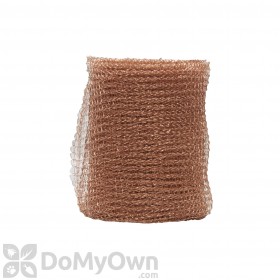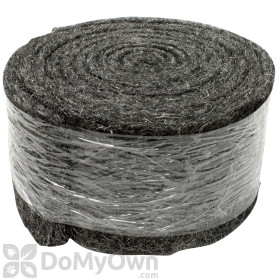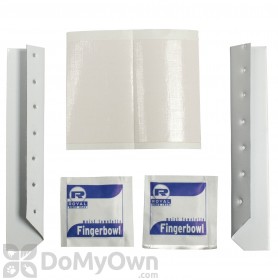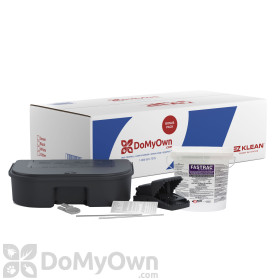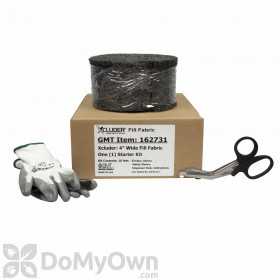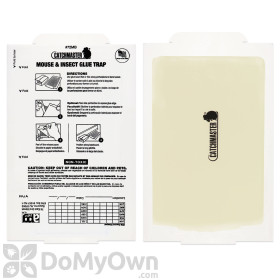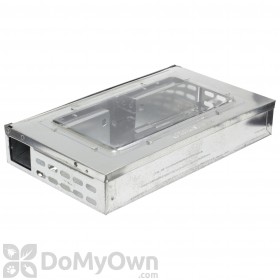It's fall and cooler temperatures are settling in. That means mice and rats are heading indoors. As rodents look for winter harborage, human dwellings and buildings start to feel the pressure of encroaching rodents. Our Rat Prevention Guide and Mouse Prevention Guide include our best recommended methods for keeping rodent pests out of your home this fall.
Agile and adaptable, rodents enter buildings any way that they can. They squeeze through spaces as big as their heads: mice need only 1/4'', young rats, 1/2''. Anywhere a pencil fits through, a mouse can too.
RODENT ENTRANCEWAYS
EXCLUSION MATERIALS
- Galvanized, stainless or other non-rusting metals: a) sheet metal, 24 gauge or higher; b) expanded metal, 28 gauge or higher; c) copper mesh; and d) hardware cloth, 19 gauge or higher with 1/4'' or less mesh.
- Cement mortar: 1 part cement, 3 parts sand mix or richer.
- Concrete: 1 part cement, 2 parts gravel, 4 parts sand mix or richer. Adding broken glass to mortar or cement will deter rodents from burrowing through it as it dries.





